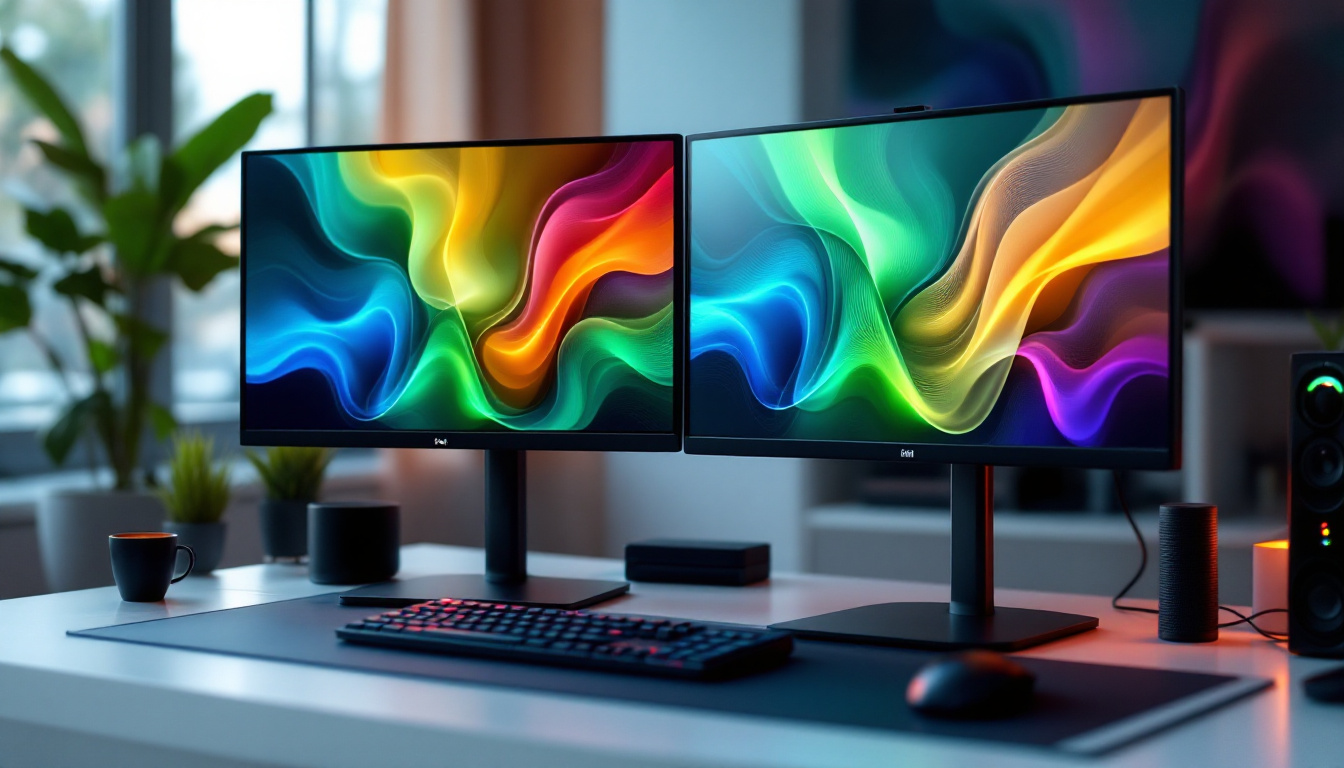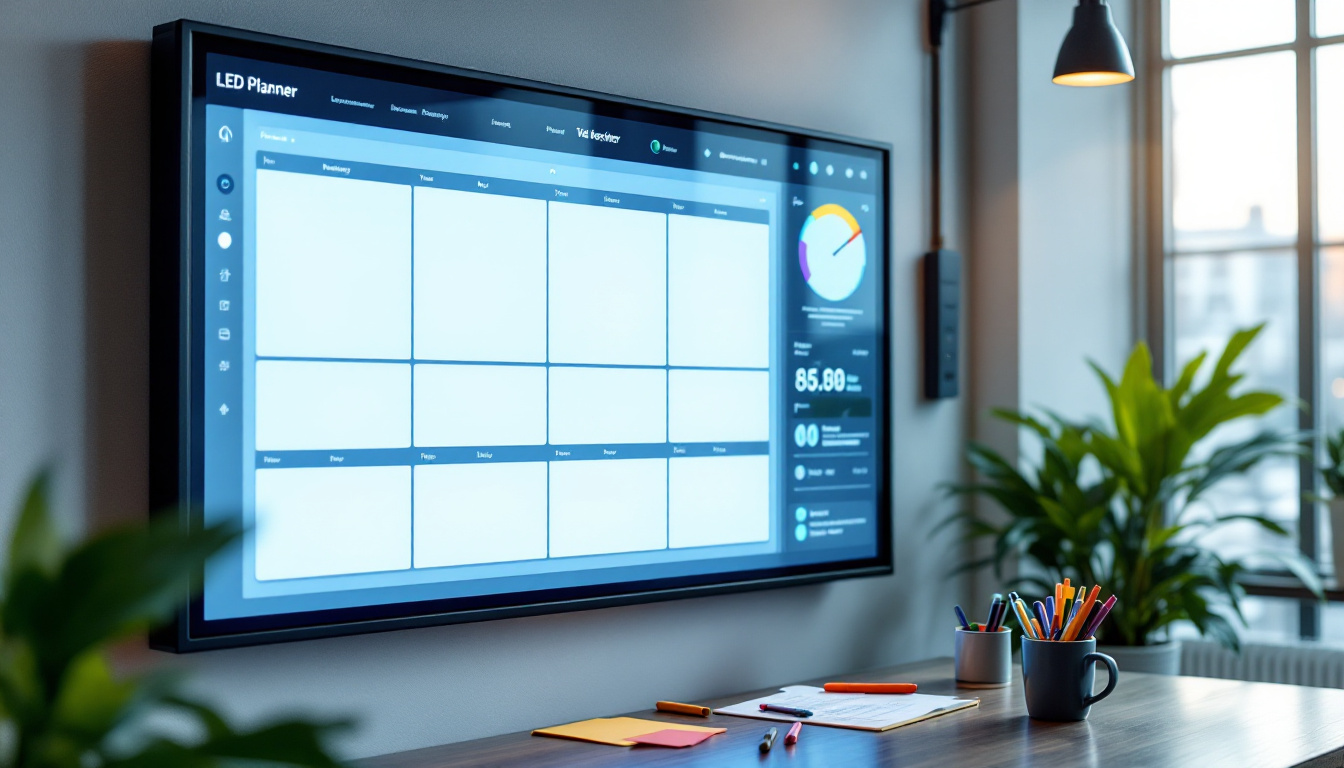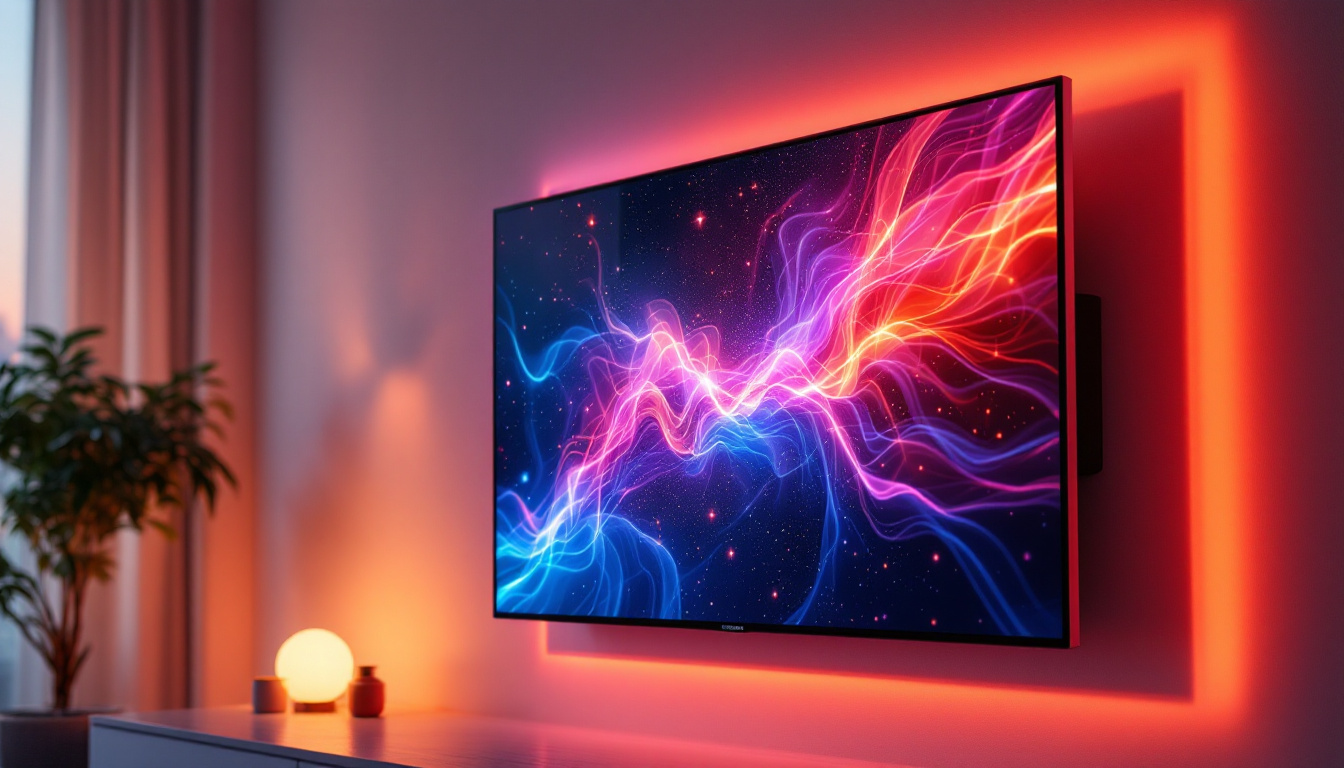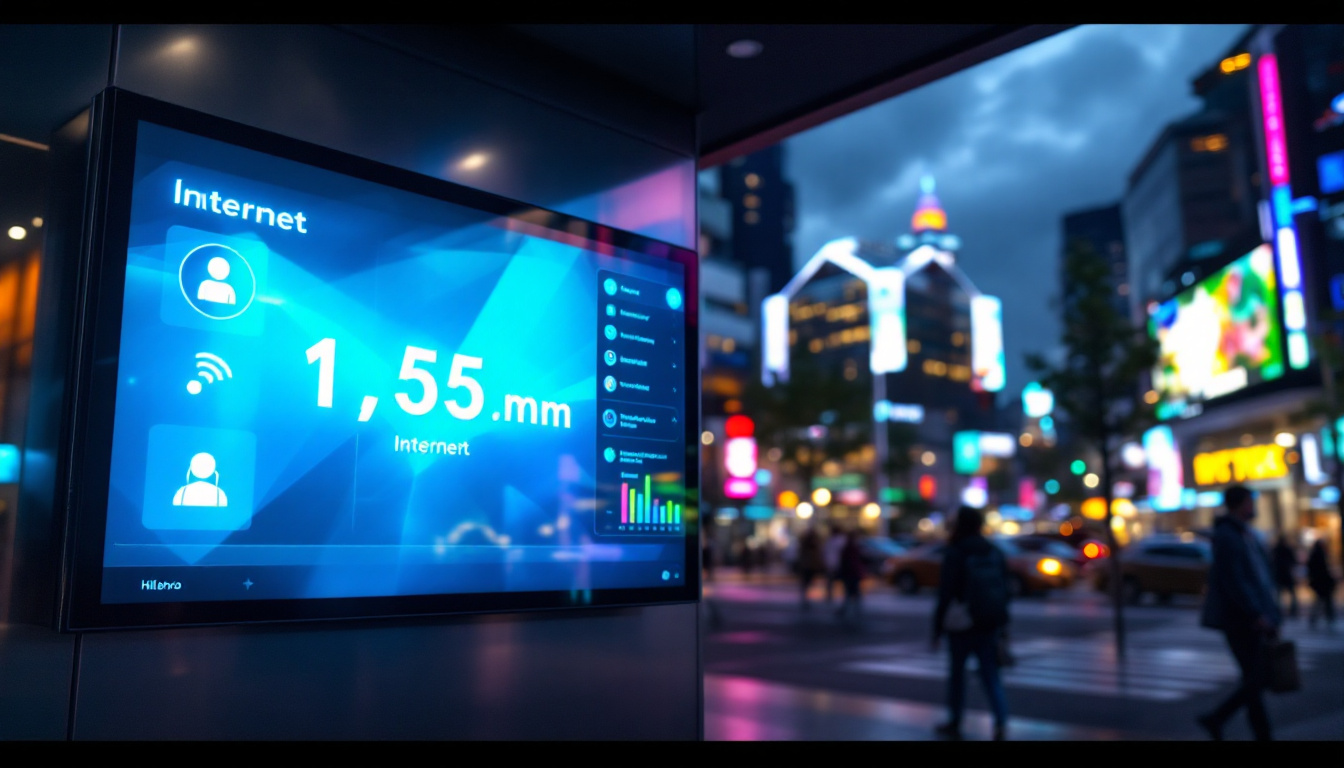In the modern world, calculators have evolved significantly from their traditional counterparts. The introduction of touch screen technology has transformed how users interact with these devices, making calculations faster and more intuitive. One of the standout features of many touch screen calculators is their LED display, which enhances visibility and usability. This article will delve into the intricacies of touch screen calculators, focusing particularly on the LED display and its advantages.
Understanding Touch Screen Technology
Touch screen technology has become ubiquitous in various devices, from smartphones to tablets and now calculators. This technology allows users to interact with the device through touch, eliminating the need for physical buttons. But how does it work?
The Mechanics of Touch Screens
Touch screens operate using one of several technologies, including resistive, capacitive, and infrared. Capacitive touch screens are the most common in modern devices, utilizing the electrical properties of the human body to detect touch. When a finger touches the screen, it alters the electrical field, allowing the device to register the input.
Resistive touch screens, on the other hand, rely on pressure. When the screen is pressed, two conductive layers come into contact, registering the touch. While both types have their advantages, capacitive screens are generally preferred for their responsiveness and multi-touch capabilities.
In addition to these two primary types, there are also optical and acoustic touch screens. Optical touch screens use cameras to detect the presence of a finger, while acoustic touch screens utilize sound waves to determine touch locations. Each technology has its own set of applications and advantages, making touch screens adaptable to various environments, from industrial settings to consumer electronics.
Benefits of Touch Screen Calculators
Touch screen calculators offer several advantages over traditional calculators. Firstly, the user interface is often more intuitive. Users can navigate through functions and settings with simple taps and swipes, making it easier to perform complex calculations quickly.
Additionally, touch screen calculators often come equipped with customizable features. Users can personalize their experience by rearranging functions or even changing the display settings to suit their preferences. This level of customization enhances the overall user experience, making calculations more efficient.
Moreover, touch screen calculators frequently include advanced functionalities that go beyond basic arithmetic. Many models feature graphing capabilities, statistical analysis tools, and even programming options, allowing users to tackle a wide array of mathematical problems. This versatility makes them an invaluable tool for students, professionals, and anyone who requires precise calculations on the go. The integration of touch screen technology not only streamlines the calculation process but also encourages a more interactive learning experience, particularly in educational settings where visual aids can significantly enhance understanding.
LED Displays: A Closer Look
LED (Light Emitting Diode) displays have gained popularity in various electronic devices, including calculators. They are known for their bright, clear visuals and energy efficiency. Understanding the components and advantages of LED displays can help users appreciate their significance in touch screen calculators.
How LED Displays Work
LED displays consist of numerous tiny diodes that emit light when an electric current passes through them. These diodes can produce various colors, allowing for vibrant displays. In calculators, LED displays are often used to show numbers and symbols clearly, ensuring that users can read their inputs without straining their eyes.
One of the key benefits of LED technology is its energy efficiency. Compared to traditional LCD (Liquid Crystal Display) screens, LED displays consume less power, which is particularly advantageous for battery-operated devices like calculators. This efficiency not only extends battery life but also contributes to a more sustainable product.
Advantages of LED Displays in Calculators
LED displays offer several advantages that enhance the functionality of touch screen calculators. Firstly, their brightness and clarity make them easy to read in various lighting conditions, whether in a dimly lit room or under bright sunlight.
Moreover, LED displays are known for their durability. Unlike traditional screens that may crack or become damaged easily, LED displays are more resilient to impacts and wear. This durability ensures that calculators can withstand daily use, making them a reliable tool for students, professionals, and anyone in need of quick calculations.
Comparing LED and LCD Displays
While both LED and LCD displays are commonly used in calculators, they have distinct differences that can influence user preference. Understanding these differences can help users make informed decisions when selecting a touch screen calculator.
Visual Clarity and Brightness
One of the most noticeable differences between LED and LCD displays is the level of brightness and clarity. LED displays typically offer brighter visuals, which can be crucial in environments with varying lighting conditions. This brightness enhances readability, making it easier for users to see their calculations without straining their eyes.
In contrast, LCD displays may appear duller, especially in bright environments. While they are still functional, the visual clarity may not match that of an LED display, which can be a deciding factor for users who often work in diverse lighting conditions.
Energy Efficiency
Energy efficiency is another critical factor to consider. LED displays consume significantly less power than LCDs, which can lead to longer battery life in portable devices. For users who rely on calculators for extended periods, this efficiency can make a substantial difference.
Furthermore, the lower power consumption of LED displays contributes to a more environmentally friendly product. As sustainability becomes increasingly important, choosing a calculator with an LED display aligns with eco-conscious values.
Touch Screen Calculator Features
Touch screen calculators come equipped with a variety of features that cater to different user needs. Understanding these features can help users choose the right calculator for their specific requirements.
Basic Functions and Advanced Features
Most touch screen calculators offer a range of basic functions, including addition, subtraction, multiplication, and division. However, many models go beyond these fundamentals, incorporating advanced features such as scientific functions, graphing capabilities, and programmable options.
For students studying mathematics or science, advanced functions can be particularly beneficial. Graphing calculators, for example, allow users to visualize equations and data, making complex concepts easier to understand. These features can enhance learning and improve problem-solving skills.
User Interface and Customization
The user interface of a touch screen calculator plays a significant role in its usability. Many models feature customizable interfaces, allowing users to arrange functions according to their preferences. This flexibility can streamline the calculation process, making it easier to access frequently used functions quickly.
Additionally, some calculators offer themes and color options, allowing users to personalize their devices further. This level of customization not only enhances the user experience but also makes the calculator feel more personal and tailored to individual needs.
Choosing the Right Touch Screen Calculator
With so many options available, selecting the right touch screen calculator can be a daunting task. However, considering a few key factors can simplify the decision-making process.
Assessing Your Needs
The first step in choosing a touch screen calculator is to assess your needs. Consider the primary functions you require. Are you a student who needs a scientific calculator, or are you a professional requiring advanced financial calculations? Understanding your specific needs will help narrow down your options.
Additionally, think about how often you will use the calculator and in what environments. If you frequently work in bright settings, opting for a model with an LED display may be beneficial for improved visibility.
Budget Considerations
Budget is another crucial factor when selecting a touch screen calculator. Prices can vary significantly based on features and brand. While it may be tempting to opt for the cheapest option, investing in a quality calculator can pay off in the long run, especially if it meets your needs effectively.
Consider the long-term value of the calculator. A more expensive model with advanced features may save time and effort, making it worth the initial investment. Additionally, look for warranties or guarantees that can provide peace of mind regarding your purchase.
Future Trends in Touch Screen Calculators
The landscape of technology is ever-evolving, and touch screen calculators are no exception. As advancements continue, several trends are emerging that could shape the future of these devices.
Integration with Other Technologies
One notable trend is the integration of touch screen calculators with other technologies. For instance, calculators may soon feature connectivity options, allowing users to sync their calculations with smartphones or computers. This integration could enhance productivity, enabling users to access their data across multiple devices seamlessly.
Moreover, the incorporation of artificial intelligence (AI) could revolutionize how calculators function. AI-powered calculators may offer predictive capabilities, suggesting solutions based on user input or learning from past calculations to provide more accurate results.
Enhanced User Experience
As user experience becomes increasingly important across all technology sectors, touch screen calculators are likely to see improvements in their interfaces and functionalities. Expect to see more intuitive designs, voice recognition features, and even augmented reality capabilities that could change how users interact with their calculators.
These enhancements aim to make calculations even more accessible, catering to a broader audience, including those with disabilities who may benefit from voice commands or visual aids.
Conclusion
Touch screen calculators with LED displays represent a significant advancement in the world of calculation tools. Their intuitive interfaces, energy-efficient displays, and customizable features make them an excellent choice for a wide range of users. As technology continues to evolve, the future of touch screen calculators promises even more exciting developments that will enhance usability and functionality.
Whether for educational purposes, professional use, or personal projects, investing in a touch screen calculator with an LED display can provide users with a reliable and efficient tool for all their calculation needs. By understanding the features and benefits of these devices, users can make informed decisions that align with their specific requirements and preferences.
Discover the Future of LED Display Technology with LumenMatrix
Ready to experience the pinnacle of LED display innovation? LumenMatrix is at the forefront of creating immersive visual experiences with a comprehensive range of LED display solutions. From dynamic Indoor and Outdoor LED Wall Displays to specialized options like Vehicle, Sports, and Floor LED Displays, LumenMatrix tailors to every unique need. Embrace the future of visual communication with our Custom, All-in-One, and Transparent LED Displays, designed to captivate and engage. Elevate your brand’s presence and make a lasting impact. Check out LumenMatrix LED Display Solutions today and transform the way you share your message.































